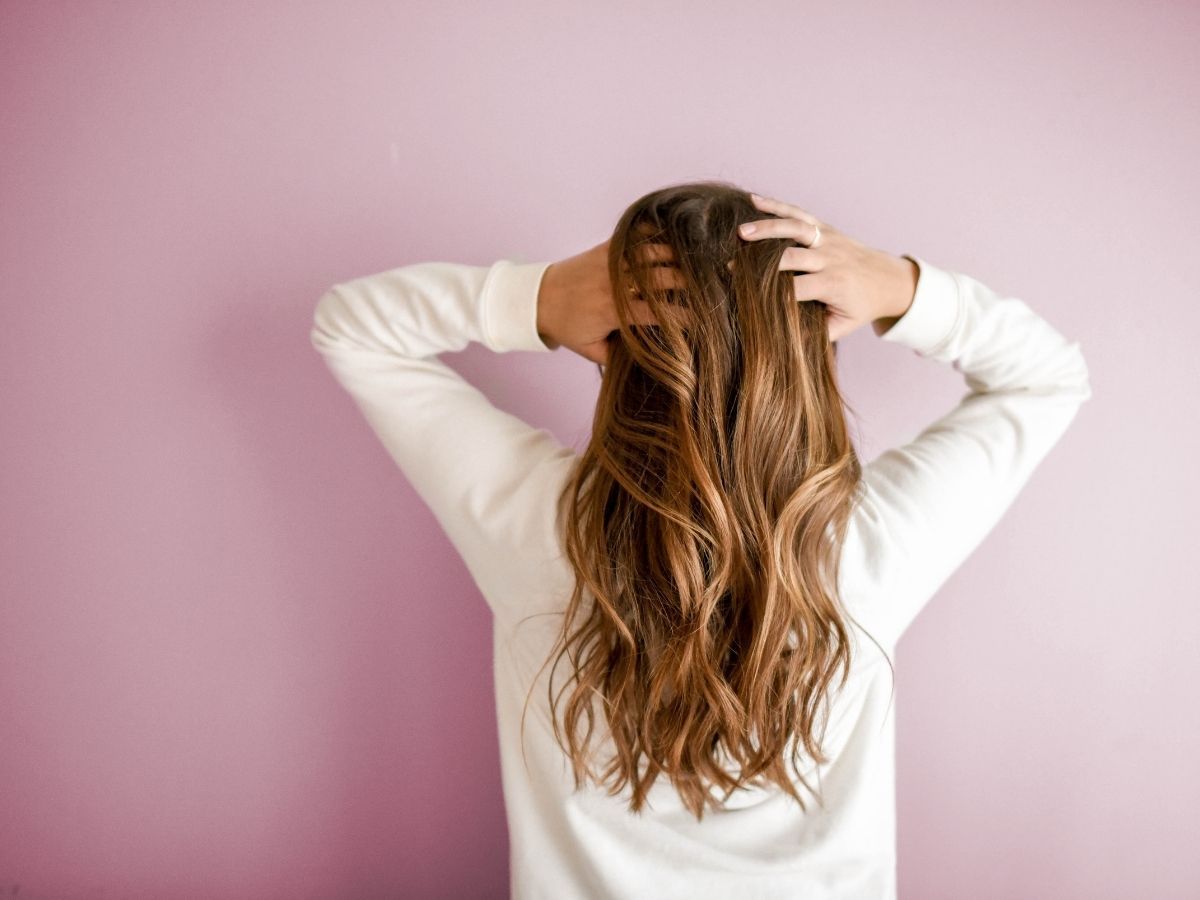Hair transplantation is a turning point in the cosmetic world. It has improved the looks of many people. But we only focus on the actual surgery so much that we forget about what happens after the hair transplant.
Post-operative care is just as essential and ensures the transplant’s success. Getting a hair transplant can improve your looks and boost your self-confidence. The hair transplant doctors extract scalp hair or hair from other body areas for the transplant.
The number of grafts depends on the patient’s need and level of baldness. If you have male pattern hair loss or thinning hair or have lost hair from a head injury or burn, you are the ideal candidate for a hair transplant.
Before we go into post-operative care, let’s know what happens during the hair transplantation to understand better.
In a Follicular Unit Transplant (FUT):
Using a scalpel, your hair transplant doctor will remove a strip of your scalp skin from the back and sides of your head. The cut is usually a few inches long then closed with sutures. Of course, do not worry; this is done under anesthesia and after sterilizing your scalp and hair.
Further, the surgeon dissects the extracted skin strip into tiny grafts. Then implant it in the thinning area to achieve natural-looking hair regrowth.
In Follicular Unit Extraction (FUE):
The hair follicles are extracted right from the back of the scalp by a punching technique. These are some hundreds or thousands of spot-incisions. Further, the surgeon implants the grafts into these slits. A hair transplant session can last for four hours or more.
Many settings:
You may need three to four hair transplant sessions to achieve complete coverage. Sessions may happen a few months apart to allow each transplant to heal completely. Of course, it will depend on how you take care of your scalp after the surgery and your surgery goal.
You can resume routine after two to three days of the FUE hair transplant. But it may require several days to recover completely after the FUT hair transplant. After two to three weeks, your hair will fall out to make way for new hair growth.
Let’s move on to the main objective: Post-operative Care
Prevent and reduce side effects such as bleeding, swelling of the scalp, infection, bruising around the eyes, numbness, or lack of sensation on the scalp’s treated areas. Side-effects may act as barriers to your healing process. They may cause complications if you do not maintain excellent and proactive after-care.
First, immediately after the procedure, the client will leave the hair transplant clinic with a bandaged head. The client has been given a saline spray to use on the grafted region every 30 minutes to an hour for the initial 12 hours. You must spray firmly for about five days and ensure that the transplanted part has been kept wet.
Do not touch the grafted hair at all. You have to do this to avoid scab formation and to keep the scalp hydrated and nourished. Once you finish the 12 hours of spraying, sleep for a few hours. Stay hydrated and eat normally. Remember, avoid driving or strenuous activities after the procedure. Take prescribed antibiotics or pain-killer medications.
The patient is recommended to rest for the first two days and ideally lie down to prevent swelling on the face. The patient can sleep on the back or side but not on the stomach on days 2 and 3. The donor area dressing should be taken by the patient. You should clean the donor region with a betadine scrub and use a topical antibiotic twice a day.
On days 3 and 4:
Your doctor may suggest you shave the beard if beard grafts are used. You should apply sunscreen on the beard donor region and take sun protection for a month to avoid pigmentation.
From day 4 to 14:
Your doctor may suggest you start washing your head as per instructions. You should wash your hair using any baby shampoo a medicated shampoo or the shampoo prescribed by your doctor. You should dilute the shampoo with lukewarm water.
Apply about 10ml of the shampoo on the scalp and leave it for a few minutes. Rinse it with lukewarm water to clean the grafted area. Wash your hair twice, daily, as it will slowly remove scabs over the next 5 to 6 days.
Once all the scabs are eliminated, you can have a regular shower. Let your hair dry without using towels or blow-dryers. Nothing should disrupt your scalp area; otherwise, grafts will be disturbed. You may continue spraying on the donor region to get relieved of the itchiness.
Between day 7 to 10:
Your surgeon will remove the sutures. Attend all follow-ups with the clinic as your doctor needs to look out for any infections or other complications.
After day 14:
It is advisable to use Rogaine after day 14 of hair transplant to enhance hair regrowth. It should be applied at night only in the grafted area for nearly six months. If your doctor permits, you can resume a regular hair washing regimen. Wash your hair with the shampoo your doctor prescribed to remove any crustiness left on the scalp.
Your doctor will suggest avoiding strenuous activities for four weeks after the surgery. No gymming, swimming, heavy-weight lifting, hill walking, and cycling. It is to prevent stretching of the scars and control blood pressure, especially in the head.
After 8 to 12 months, you can notice new hair growth. Many doctors prescribe minoxidil or Rogaine finasteride to improve hair growth. These medications slow or prevent future hair loss and maintain existing hair levels. Supporting medicine depends on what your surgeon determines you need.
Save these tips in your mind, and you can have a successful hair transplant journey. We wish you all the success in your hair transplant surgery.
Frequently Asked Questions:
What are the Additional important post-hair transplant care guidelines?
Smoking, drinking, and taking pain medicines are all things that should be avoided.
Do not exercise or indulge in any vigorous activities for at least a few weeks after the surgery.
Follow the directions for taking the oral medications regularly.
After a hair transplant, how long do grafts last?
The healing time, or how long it takes for the transplanted grafts to settle, is typically 8-10 days. You must use extra caution during the first two weeks following hair transplantation. This is since grafts do not heal immediately after transplantation.







